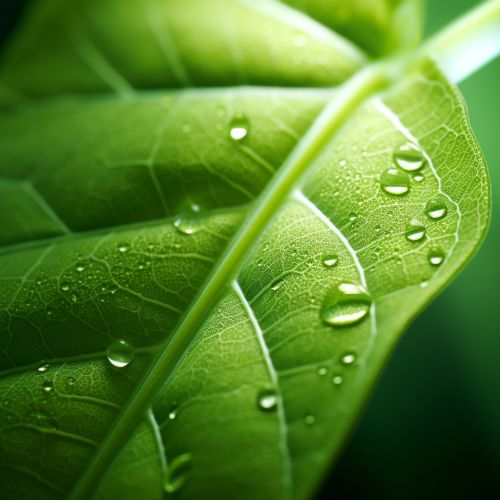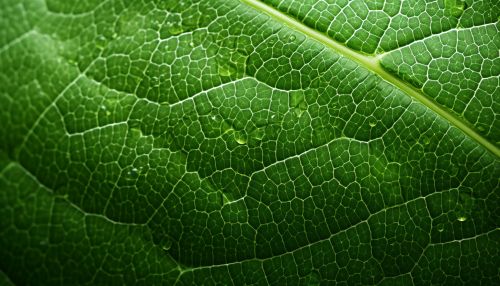Plant Respiration
Introduction
Plant respiration is a vital process in the life cycle of plants, where they convert sugars produced during photosynthesis into energy. This energy is utilized for growth, reproduction, and other essential functions. Unlike animal respiration, plant respiration happens in every cell of the plant and does not rely on a specific organ or system.


Process of Plant Respiration
Plant respiration occurs in three stages: glycolysis, the Krebs cycle, and the electron transport chain. These stages are similar to those in animal respiration, but with some key differences due to the unique nature of plant cells.
Glycolysis
Glycolysis is the first stage of plant respiration. It takes place in the cytoplasm of the cell, where one molecule of glucose is broken down into two molecules of pyruvate. This process produces a small amount of ATP (adenosine triphosphate), the energy currency of the cell, and NADH (nicotinamide adenine dinucleotide), an electron carrier.
Krebs Cycle
The Krebs cycle, also known as the citric acid cycle or the tricarboxylic acid cycle, occurs in the mitochondria. Here, the pyruvate molecules produced during glycolysis are further broken down, releasing carbon dioxide and transferring high-energy electrons to carrier molecules NADH and FADH2 (flavin adenine dinucleotide).
Electron Transport Chain
The final stage of plant respiration is the electron transport chain, which also takes place in the mitochondria. Here, the high-energy electrons carried by NADH and FADH2 are used to pump protons across the mitochondrial membrane, creating a proton gradient. This gradient drives the synthesis of ATP through a process known as oxidative phosphorylation.
Types of Plant Respiration
There are two main types of respiration in plants: aerobic and anaerobic respiration.
Aerobic Respiration
Aerobic respiration is the most common type of respiration in plants. It requires oxygen to break down glucose and produce ATP. The process includes glycolysis, the Krebs cycle, and the electron transport chain, and it produces a large amount of ATP.
Anaerobic Respiration
Anaerobic respiration, also known as fermentation, occurs when there is a lack of oxygen. In this process, glucose is partially broken down to produce ATP, and the byproducts are either alcohol and carbon dioxide (in yeast and some plants) or lactic acid (in animals and some bacteria).
Role of Plant Respiration
Plant respiration plays a crucial role in plant growth and development. It provides the energy needed for various physiological processes such as cell division, protein synthesis, and nutrient uptake. It also helps in maintaining the plant's internal temperature and water balance.
Factors Affecting Plant Respiration
Several factors can affect the rate of plant respiration. These include temperature, light, water availability, and the concentration of oxygen and carbon dioxide in the environment. For example, higher temperatures can increase the rate of respiration, while water stress can reduce it.
Conclusion
Understanding plant respiration is essential for botanists, farmers, and anyone interested in plant biology. It is a complex process that provides energy for plant growth and development, and it is influenced by various environmental factors. Despite its complexity, it is a fundamental aspect of plant life and a crucial component of the global carbon cycle.
